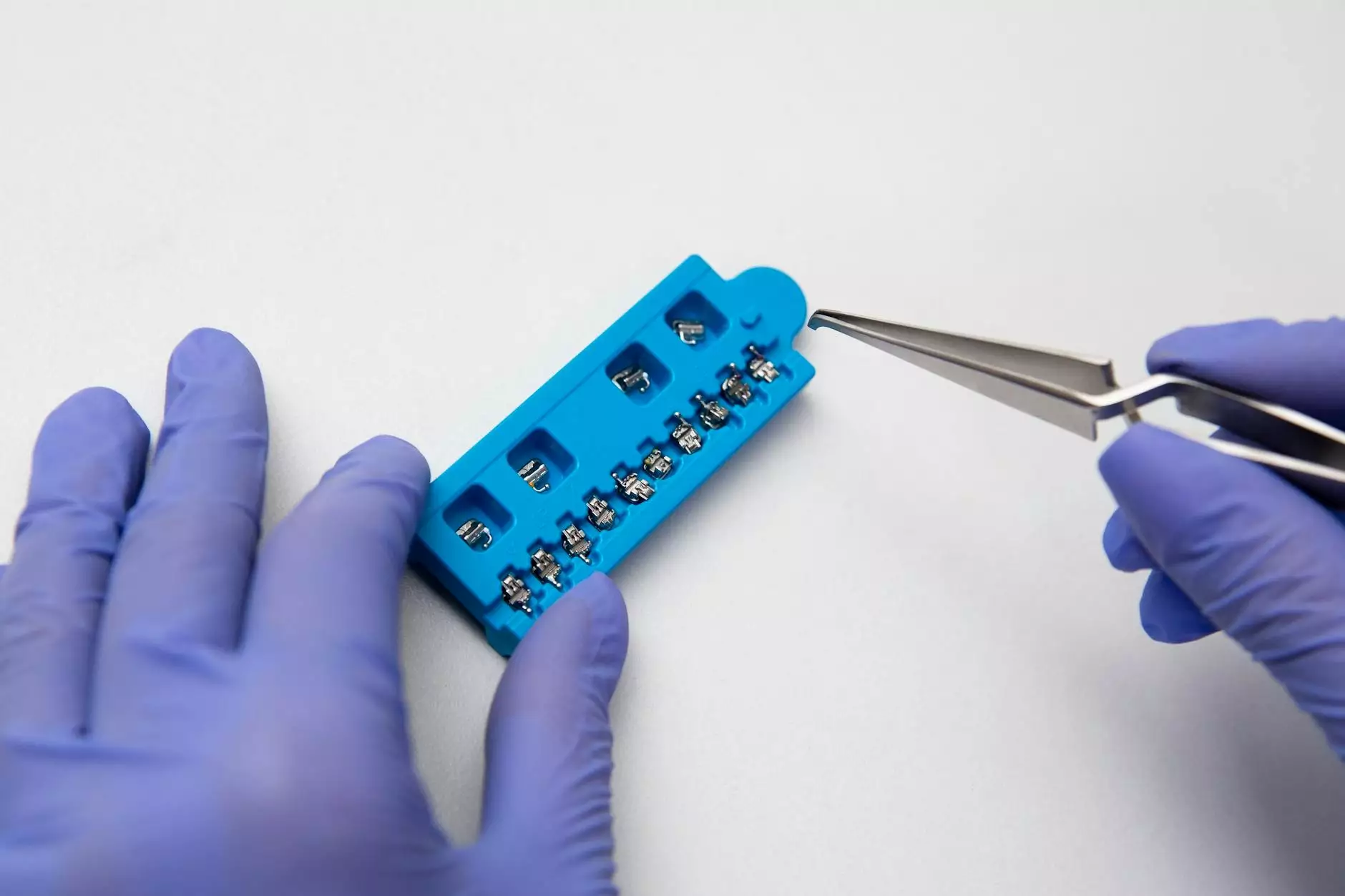Understanding Limited Shoulder Abduction: Causes, Treatment, and Rehabilitation

Limited shoulder abduction is a common issue that affects a significant portion of the population, impacting daily activities and overall quality of life. In this comprehensive article, we will delve deep into the nuances of limited shoulder abduction, exploring its causes, implications, and effective solutions.
What is Limited Shoulder Abduction?
Shoulder abduction refers to the movement of the arm away from the body, primarily facilitated by the deltoid muscle and supported by other muscles in the shoulder complex. Limited shoulder abduction occurs when this movement is restricted, often leading to discomfort, pain, and functional limitations.
The Anatomy of Shoulder Abduction
Understanding the anatomy involved in shoulder abduction is critical to grasping how and why limitations occur. The primary muscles that facilitate this motion include:
- Deltoid Muscle: Responsible for the bulk of the shoulder's abduction capacity.
- Supraspinatus: A rotator cuff muscle that helps initiate the abduction motion.
- Trapezius and Serratus Anterior: Assist in stabilizing the shoulder blade during the movement.
Common Causes of Limited Shoulder Abduction
There are several potential causes of limited shoulder abduction, including:
- Injuries: Acute injuries such as fractures or dislocations can severely impact the range of motion.
- Rotator Cuff Disorders: Conditions like tendinitis, tears, or impingement can result in pain and restricted movement.
- Adhesive Capsulitis: Also known as frozen shoulder, this condition involves the thickening and tightening of the shoulder capsule.
- Arthritis: Degenerative diseases affecting joint health can limit mobility.
- Neurological Conditions: Situations such as stroke or nerve impingement can affect muscle control and movement.
The Impact of Limited Shoulder Abduction
The inability to perform shoulder abduction can have several consequences on one’s lifestyle. These include:
- Reduced Quality of Life: Everyday tasks such as reaching overhead, dressing, or lifting objects can become significantly more challenging.
- Physical Limitations: Athletes and active individuals may find their performance severely hindered, impacting their sports and activities.
- Emotional Distress: Chronic pain and inability to perform commonplace tasks can lead to frustration and mental health concerns.
Diagnosing Limited Shoulder Abduction
Diagnosis of limited shoulder abduction typically involves a comprehensive approach, including:
- Medical History: Analyzing past injuries, surgeries, and overall health.
- Physical Examination: Assessing the range of motion and identifying areas of pain or restriction.
- Imaging Tests: X-rays or MRIs may be utilized to visualize potential structural issues.
Treatment Options for Limited Shoulder Abduction
Depending on the underlying cause of the limitation, various treatment options may be appropriate:
Conservative Treatments
Initially, conservative treatments are recommended for limited shoulder abduction:
- Physical Therapy: A specialized program focusing on exercises that improve range of motion and strength.
- Medication: Non-steroidal anti-inflammatory drugs (NSAIDs) can help alleviate pain.
- Heat and Ice Therapy: Applying heat or ice can reduce inflammation and improve mobility.
Advanced Medical Interventions
When conservative measures fail, advanced treatments may be considered:
- Corticosteroid Injections: Administered to reduce inflammation and pain in the shoulder joint.
- Surgery: In cases of severe injury or failed conservative management, surgical interventions such as arthroscopy may be necessary.
Rehabilitation Strategies for Recovery
Recovering from limited shoulder abduction requires a structured rehabilitation process. Key components include:
Stretching Exercises
Incorporating stretching exercises is crucial for restoring flexibility:
- Pendulum Stretch: Allowing the arm to swing gently can help mobilize the shoulder.
- Cross-Body Stretch: Pulling the arm across the body gently stretches the shoulder joint.
Strengthening Exercises
As mobility improves, focus on strengthening:
- TheraBand Exercises: Using resistance bands can enhance shoulder strength.
- Wall Angels: Performing this movement helps in muscle engagement and stability.
Further Considerations
Preventative measures can also play a vital role in maintaining shoulder health:
- Regular Exercise: Engaging in a balanced exercise regimen that includes strengthening and flexibility elements.
- Posture Awareness: Maintaining good posture can reduce shoulder strain and prevent injuries.
Conclusion
Understanding and addressing limited shoulder abduction is crucial for reclaiming an active lifestyle. With appropriate interventions, individuals can experience significant improvements in mobility and comfort. To ensure the best outcomes, consulting healthcare professionals along with a dedicated rehabilitation program is essential.
For more information on shoulder health, rehabilitation, and treatment, visit IAOM-US today. Your path to recovery is just a click away!









